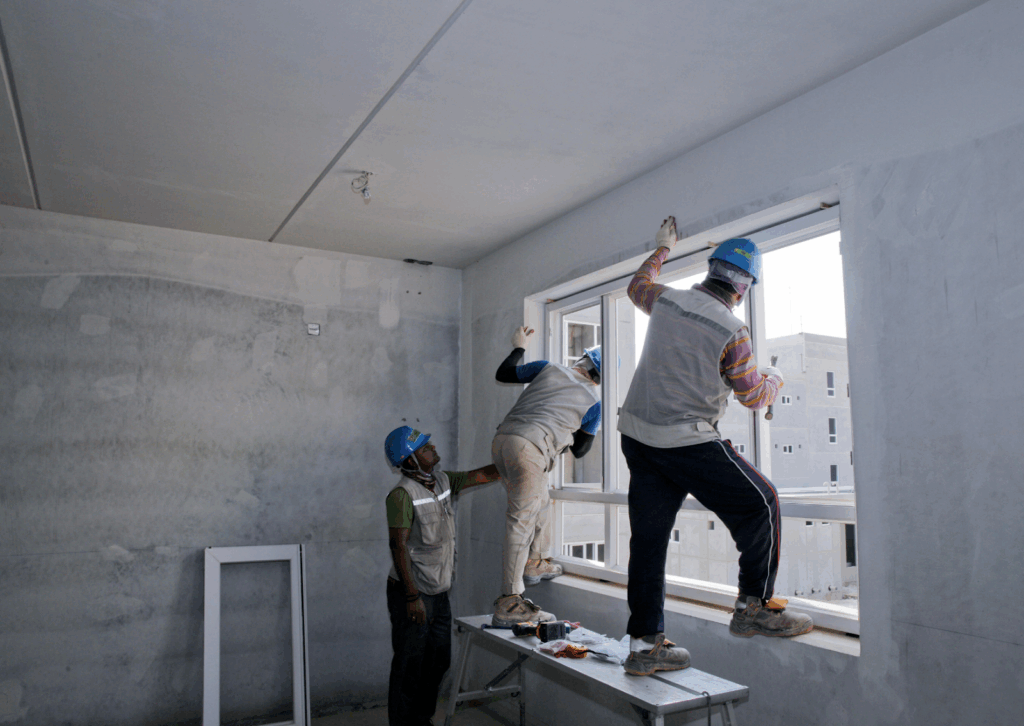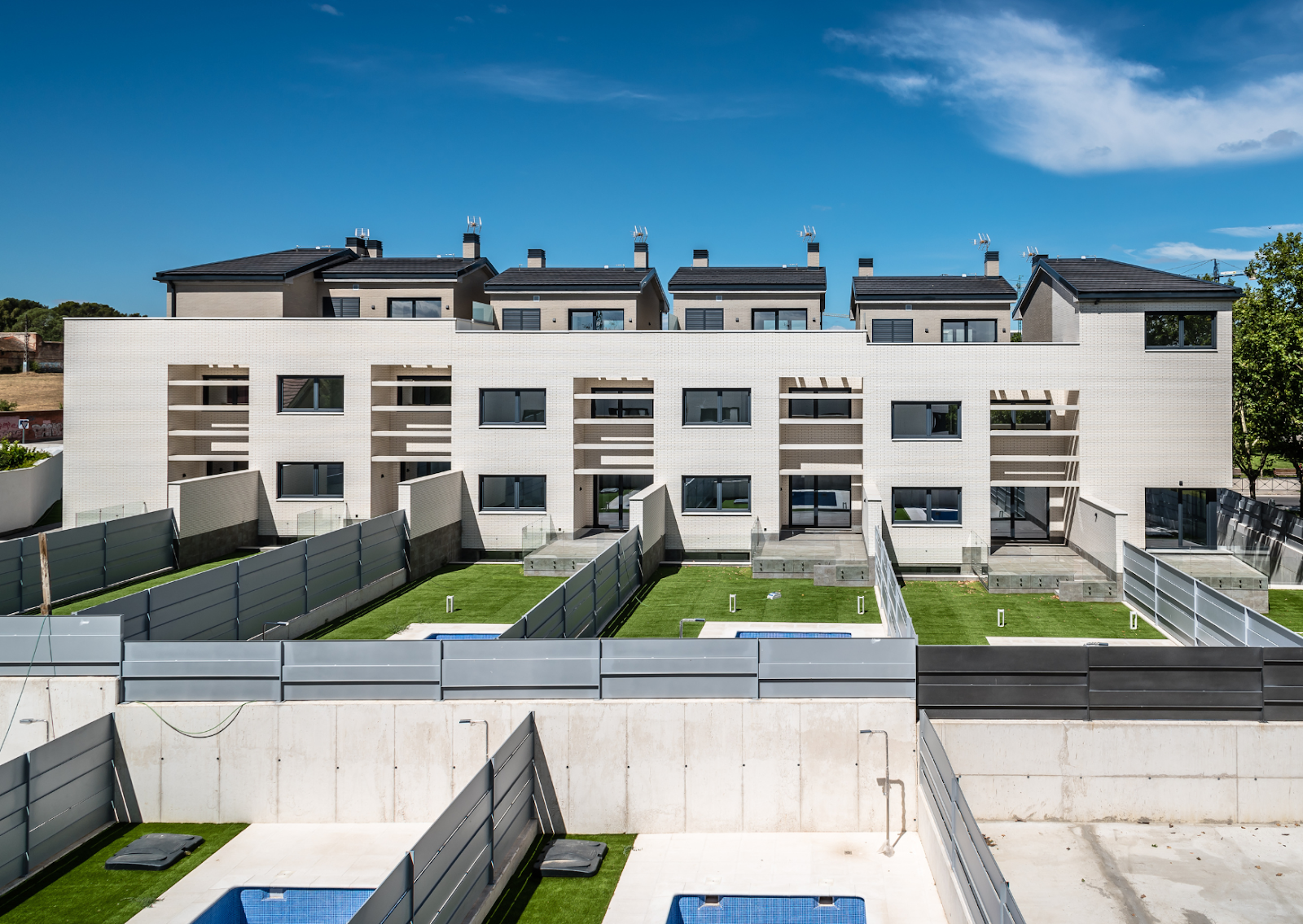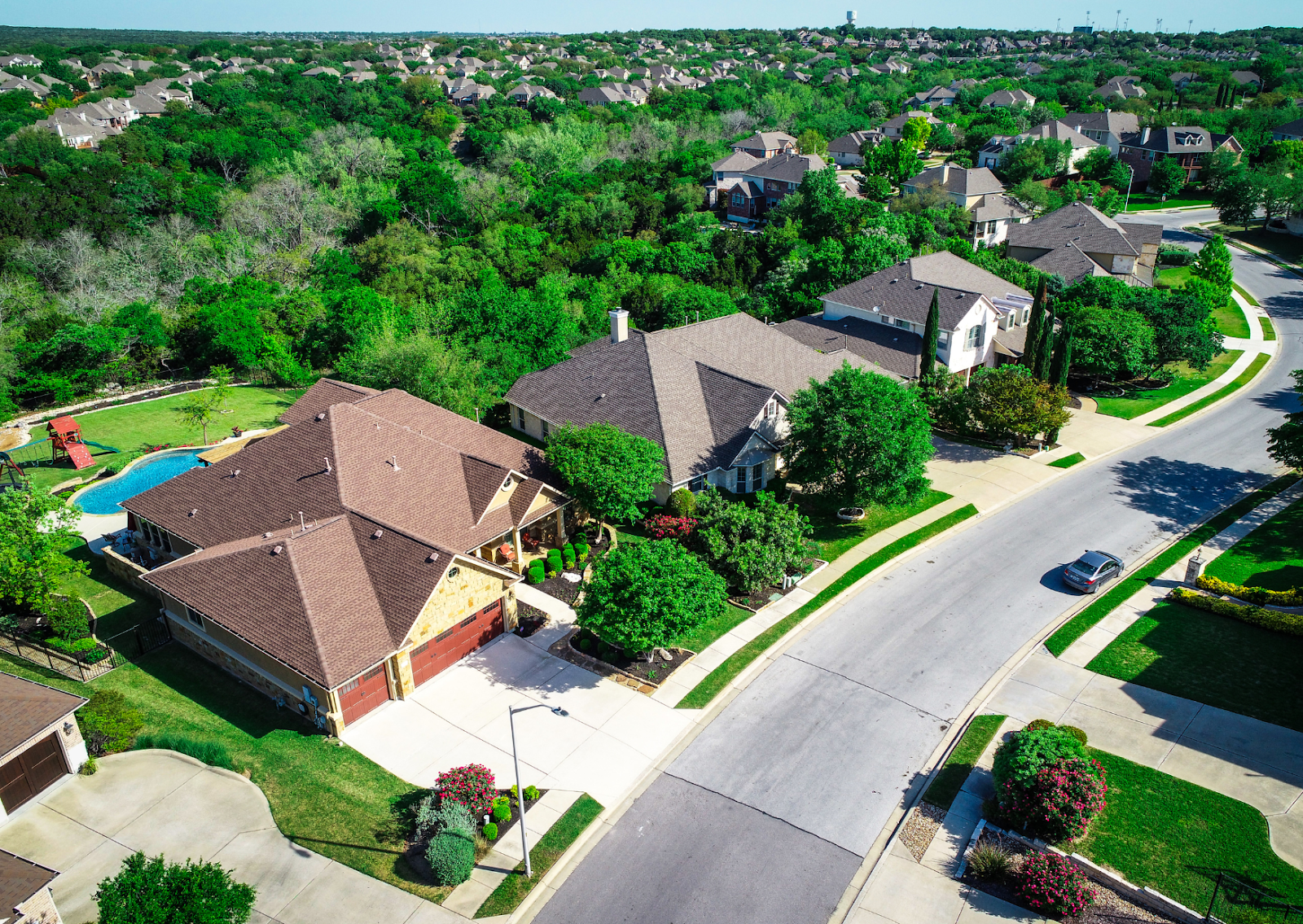Living in Los Angeles means living with the constant risk of earthquakes and other natural hazards. Many buildings in the city, especially older ones, were constructed before modern seismic safety standards were introduced. If you’re a property owner, developer, or tenant in LA, understanding how retrofitting and structural improvements work could be one of the most important steps you take to protect lives and property. In this article, we’ll break down the how and why behind structural upgrades, discuss who needs them, and explain how these improvements are not just about meeting building codes—they’re about building resilience. Whether you’re concerned about safety or planning long-term investments, this guide is for you.
Why Is Retrofitting So Important in Los Angeles?
Los Angeles is no stranger to natural disasters, especially earthquakes. Located along the San Andreas Fault, the city is highly susceptible to seismic activity, putting thousands of buildings at risk. Retrofitting and structural improvements are critical for older structures that were not built to meet modern seismic codes. These upgrades can prevent catastrophic failures, save lives, and reduce property loss. Retrofitting isn’t just an option in LA—it is often a legal requirement for certain building types (Los Angeles Department of Building and Safety).
What Types of Buildings Require Retrofitting?
The types of buildings that need retrofitting vary, but most commonly include soft-story apartments, unreinforced masonry buildings, and non-ductile concrete structures. Soft-story buildings, which often have open parking areas or large ground-floor windows, are particularly vulnerable during an earthquake. Unreinforced masonry buildings, typically built before the 1940s, lack the reinforcement needed to withstand seismic forces. By identifying these buildings and implementing retrofitting solutions, cities can significantly reduce their seismic vulnerability (Federal Emergency Management Agency).
How Does Seismic Retrofitting Work?
Seismic retrofitting strengthens a building’s ability to withstand earthquakes by addressing its weak points. This may involve installing steel moment frames, shear walls, or base isolators.
What Are Steel Moment Frames and How Do They Help?
Steel moment frames are structural systems that allow buildings to bend during earthquakes without collapsing. They are designed to absorb and redistribute seismic energy.
How Do Shear Walls Improve Structural Stability?
Shear walls are vertical walls that help resist lateral forces. By redistributing seismic loads throughout the building, they provide much-needed support.
What Role Do Base Isolators Play?
Base isolators act like shock absorbers between a building and its foundation. They reduce the amount of seismic energy transferred to the structure, thus minimizing damage (American Society of Civil Engineers).
How Is Foundation Reinforcement Carried Out?
Foundation reinforcement is another essential aspect of retrofitting. It often involves underpinning the foundation, adding anchor bolts, or applying fiber-reinforced polymers. These techniques increase a building’s ability to handle soil shifts, liquefaction, and other seismic impacts. Older homes with shallow or deteriorated foundations are especially vulnerable and benefit greatly from these enhancements.
What Structural Upgrades Can Be Made to Enhance Safety?
Beyond the foundation, retrofitting may include reinforcing beams, columns, and roof assemblies. Strengthening floor diaphragms helps distribute loads evenly across a structure. These upgrades bring buildings closer to current building code requirements and improve overall resilience. In many cases, contractors will also upgrade the connections between different building elements to ensure they move together during seismic activity, reducing the chance of structural separation (California Seismic Safety Commission).
When Is Bracing and Shear Wall Installation Necessary?
Bracing and shear wall installation are necessary when buildings have large openings or irregular shapes. In these cases, the structural system may lack the necessary rigidity to handle lateral forces. Bracing can be applied in the form of steel or wood elements that connect beams and columns, while shear walls are installed in key locations to act as structural anchors. These improvements significantly enhance lateral stability.
How Do Building Envelope Enhancements Contribute to Resilience?
The building envelope includes the roof, walls, windows, and doors. Enhancing this envelope helps protect against wind, water, and debris damage. For example, installing impact-resistant windows or hurricane straps on roofs can greatly reduce the risk of damage during extreme weather. These enhancements also help maintain indoor comfort and energy efficiency, which is especially important in LA’s climate.
What About Nonstructural Retrofitting, Does It Really Matter?
Yes, nonstructural retrofitting is equally important. It involves securing mechanical, electrical, and plumbing systems as well as heavy interior items like water heaters, cabinets, and light fixtures. During an earthquake, unsecured items can become deadly hazards. Anchoring them properly helps protect building occupants and prevent secondary damage. The U.S. Geological Survey emphasizes the importance of nonstructural measures, especially in healthcare facilities and schools.
What Are the Legal Requirements for Retrofitting in LA?
In Los Angeles, local ordinances mandate retrofitting for specific building types. For instance, Ordinance 183893 requires soft-story buildings to undergo mandatory seismic retrofitting. Building owners must comply with structural evaluations and submit retrofit plans within a set timeframe. Permits, engineering assessments, and inspections are all part of the process. Failure to comply can result in penalties and endanger public safety (City of Los Angeles Department of Building and Safety).
Is Retrofitting Worth the Investment?
Retrofitting can be costly, but the benefits often outweigh the expenses. A cost-benefit analysis typically considers the potential financial and human toll of a building collapse versus the cost of retrofitting. In many cases, retrofitted buildings qualify for insurance discounts and increased property value. Moreover, the peace of mind knowing your building is safe is invaluable. According to the Earthquake Country Alliance, every dollar spent on retrofitting can save multiple dollars in damage repair.
Who Should Handle Retrofitting and Structural Improvements?
Only licensed professionals with experience in seismic upgrades should carry out retrofitting work. Structural engineers, architects, and certified contractors play critical roles in the assessment, design, and implementation phases. They use specialized tools and modeling software to analyze a building’s vulnerabilities and determine the best reinforcement strategy.
For those seeking expert help with retrofitting and structural improvements in LA, we recommend working with a trusted firm like MID Construction Group. Their experience in seismic retrofitting, foundation reinforcement, and commercial upgrades makes them a valuable partner for ensuring safety and compliance.
What Should You Do Next?
If you own a property in Los Angeles—residential, commercial, or multifamily—it’s essential to assess whether your building meets current seismic standards. Retrofitting isn’t just about code compliance; it’s about safeguarding lives, assets, and long-term investments. Contact a qualified structural engineer or schedule a consultation with a construction firm that specializes in retrofitting.
Final Thoughts
Retrofitting and structural improvements are not optional luxuries—they are critical safety measures, especially in a seismically active city like Los Angeles. From foundation reinforcement to nonstructural upgrades, each improvement plays a role in creating a safer, more resilient built environment. MID Construction Group offers comprehensive services, including ground-up construction, tenant improvements, and value-add rehabilitation, all tailored to meet the needs of property owners in LA.
With expert guidance and timely action, building owners can protect their properties and the people within them. Don’t wait for the next disaster to take action; contact MID Construction Group today to explore tailored solutions for your building’s safety and compliance needs.
Works Cited
American Society of Civil Engineers. “Seismic Retrofitting Guidelines.” ASCE Library, www.asce.org.
California Seismic Safety Commission. “Homeowner’s Guide to Earthquake Safety.” State of California, www.seismic.ca.gov.
City of Los Angeles Department of Building and Safety. “Seismic Retrofit Programs.” LADBS, www.ladbs.org/services/core-services/plan-check-permit/seismic-retrofit-programs.
Federal Emergency Management Agency. “Techniques for the Seismic Rehabilitation of Existing Buildings.” FEMA.gov, www.fema.gov.
United States Geological Survey. “Nonstructural Earthquake Hazards.” USGS, www.usgs.gov/natural-hazards/earthquake-hazards/nonstructural-earthquake-hazards.
Earthquake Country Alliance. “Putting Down Roots in Earthquake Country.” EarthquakeCountry.org, www.earthquakecountry.org.
Frequently Asked Questions
1. What buildings in Los Angeles are most in need of retrofitting?
Soft-story apartments, unreinforced masonry buildings, and non-ductile concrete structures are typically the most vulnerable and commonly require retrofitting in LA to meet seismic safety standards.
2. What are some key components of seismic retrofitting?
Seismic retrofitting may involve installing steel moment frames, shear walls, or base isolators to strengthen a building’s resistance to earthquakes by redistributing and absorbing seismic forces.
3. Does retrofitting only focus on a building's structure?
No. Retrofitting also includes nonstructural improvements such as securing plumbing, electrical systems, and heavy interior items to prevent injuries and damage during seismic events.
4. Are retrofitting improvements legally required in LA?
Yes. Under local ordinances such as Los Angeles Ordinance 183893, certain types of buildings are required to undergo mandatory seismic retrofitting within a set compliance period.
5. Is the investment in retrofitting worth the cost?
Absolutely. Though upfront costs can be significant, retrofitting offers long-term benefits like enhanced safety, reduced risk of damage, potential insurance discounts, and increased property value.





